Doing a destination shoot as a photographer can be an absolute pleasure (only if you have the right gear :D).
Whether you’re shooting a wedding, landscapes or lifestyle photos, having the right equipment is the number one priority.
So, what gear or equipment do you need to do a perfect destination shoot???
I asked many photographers, such questions.
And apart from the obvious camera and tripod, there are many bits and pieces that can make your destination photoshoots much easier.
Some equipment is common, like extra memory cards and fully charged batteries, while others are more subjective.
One photographer might rely upon wireless remote triggers, while another might not work without an external light meter.
It is doable to shoot without all these accessories.
Among them, however, are at least three pieces of gear that are fundamental to a successful destination shoot.
These are suitable lenses, your laptop (plus a tethering cord), and a few basic filters.
Needed Equipment For Perfect Destination Shoot With WHY
Here’s why these three pieces of equipment must be needed for the kickAss destination shoot…
The Right Lenses
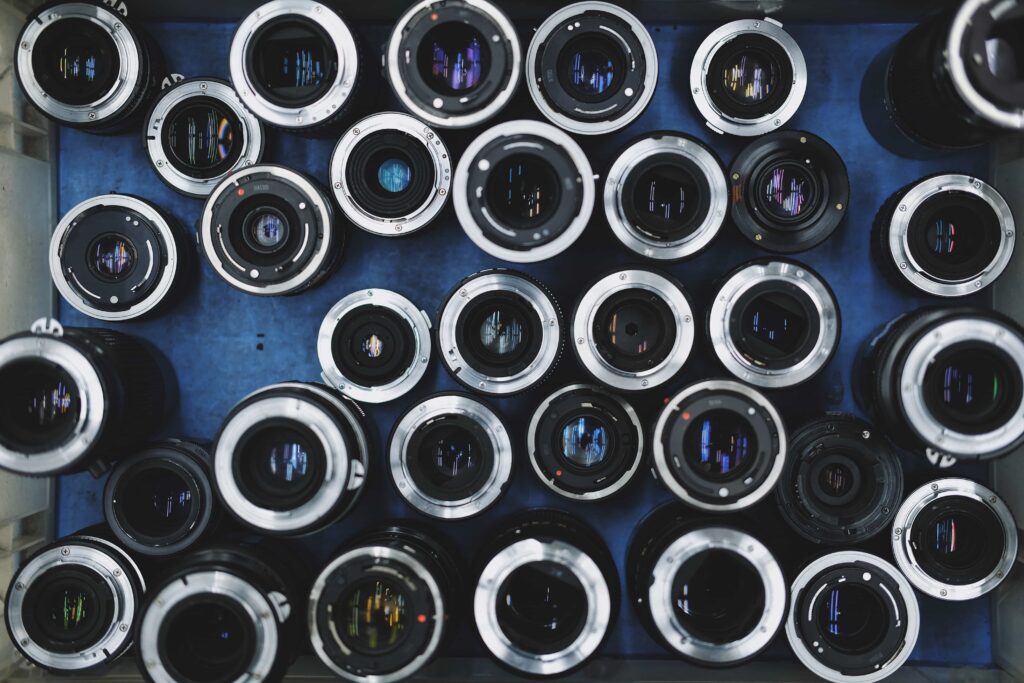
Photo by Danis Lou on Unsplash
The type of lenses you need depends on your shoot.
Are you shooting a destination wedding? Lifestyle photos? A bit of everything?
A destination photoshoot by its very nature incorporates the surroundings.
Your camera setting isn’t more important than the subject.
But it should be used as a context and be prominent enough to convey a clear sense of place.
Taking these elements into account, your choice of lenses must allow you to work with your proposed location and achieve the atmosphere you want to capture.
What is Camera Lens? Know Every Type Of Camera Lenses In Detail
Your destination shoot “studio” isn’t equipped with upmarket lighting equipment and backdrops that can be changed at the drop of a hat.
It can be tempting to try and lug every bit of gear you own with you when you head out for one of these shoots.
there’s a limit to how many lenses you can cart around when you’re on location.
so picking a few of the best lenses for the job is an important step.
Let’s say you’re shooting a beach wedding. The sun is setting slowly and the waves are dying down.
Your goal is to capture the mood and provide the couple with meaningful memories of their special day.
For that, you’ll need lenses suited for wider angle shots to show off the landscape and fit the wedding party into the frame.
as well as lenses that will capture the finer details and intimate moments between people.
Different photographers will give you different bits of advice, but the best bet for a destination shoot is a combination of wide-angle lenses and standard zoom lenses.

Having a wider variety of lenses available would be optimum.
but destination shoots often come with travel and all the space constraints that pose.
Two great lenses for Destination shoots (according to me) are…
1. 16-35mm f/2.8 wide-angle
this lens allows you to capture the setting and your subject and usually has a greater depth of field that reduces background blur.
That’s a big plus for destination shoots, where your goal is to combine the subject and set in a way that complements them both.
checkout more detail about 16-33mm F/2.8 on Amazon.
2. 24-70mm f/2.8 standard zoom
the trusty “standard” lens that you can use in a variety of ways, including close-ups, portraits, group shots, and more.
Many photographers love lenses like the 70-200mm f/2.8 (a telephoto zoom).
but using the 24-70mm zoom can work better in smaller spaces—destination shoots don’t only mean shooting in front of spacious landscapes.
know more features about 24-70mm F/2.8 on Amazon.
A Laptop And Tethering Cable
A destination shoot takes place outside the studio, so you have to bring every bit of gear that you’ll need.
Apart from your camera and lenses, one of the most crucial tools you need for a destination shoot is your laptop.
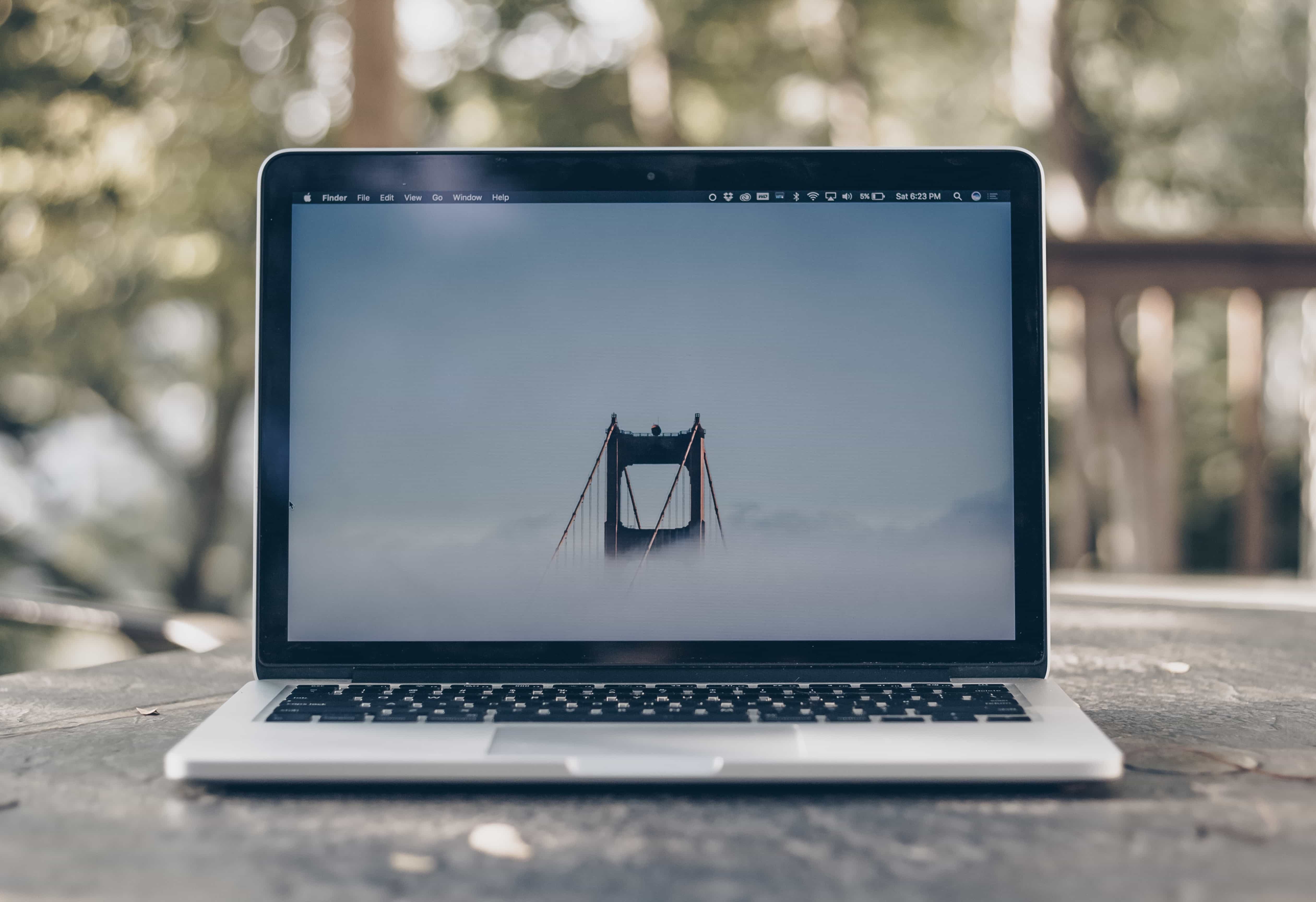
Photo by Ben Kolde on Unsplash
fully charged and preferably accompanied by a power bank.
Being able to load photos onto your laptop means you can look at your images as you work, which allows you to make adjustments to your camera settings.
Digital cameras make it possible to shoot thousands of photos at a time, unlike 35mm film cameras.
but this convenience can come at a price, hours and hours spent sifting through images on your laptop or tablet to decide which shots make the cut and editing.
That’s not to say that photographers didn’t have to sort through their photos before DSLRs.
but anyone who’s used an analog camera has felt that extra bit of pressure.
don’t mess up, you’ve only got so much film.
Apart from a laptop, every photographer doing a destination shoot should always carry a tethering cable.
Being able to plug your camera straight into your computer means you don’t have to waste time removing and replacing memory cards to see your images and work out if settings need adjusting.
so make sure you’re carrying your tethering cable if you want to see your work on the go like a pro photographer.
Filters
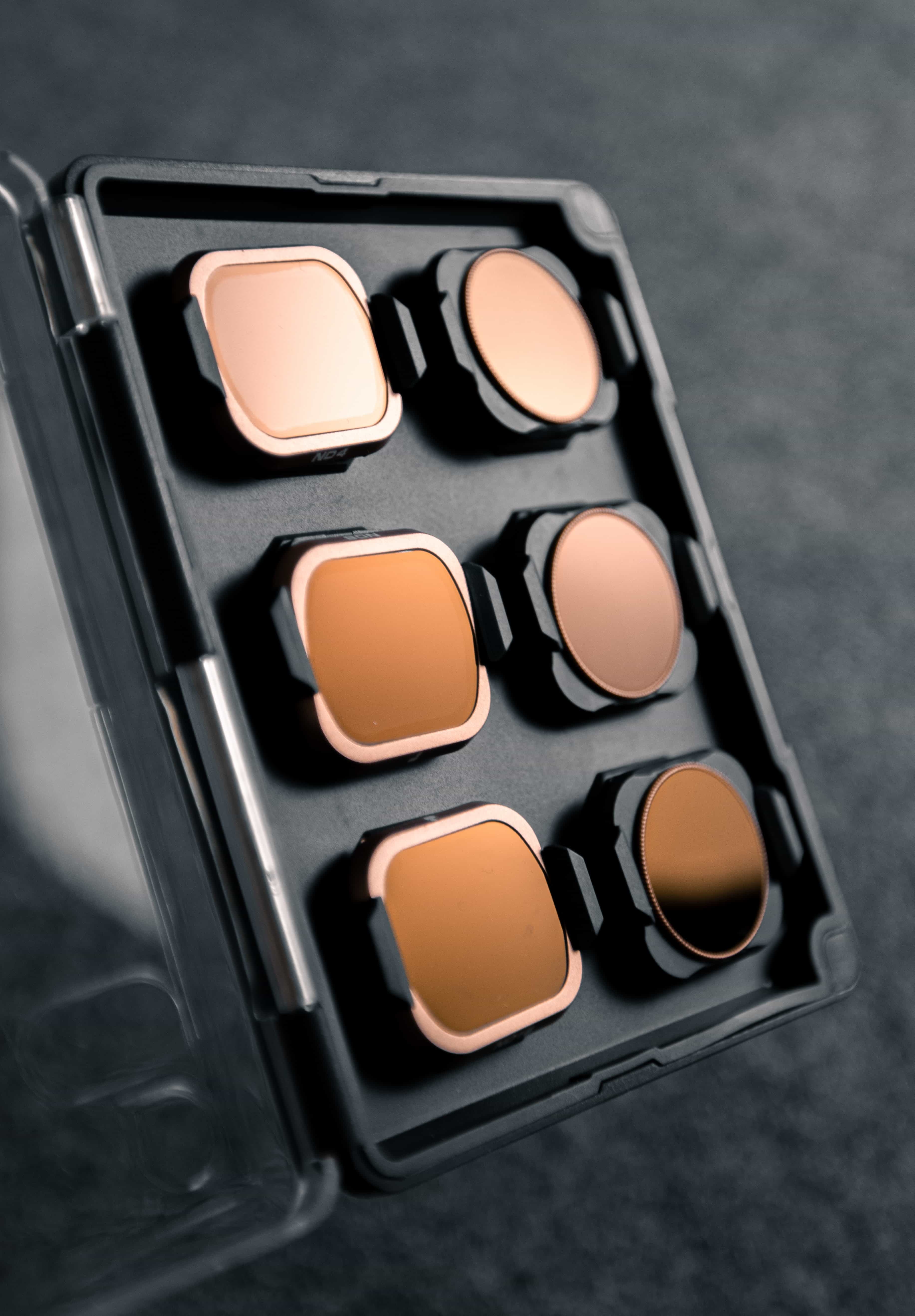
Photo by Raphael Peillon on Unsplash
Shooting with a DSLR means having built-in white balance controls.
For those of us who aren’t experts, Auto White Balance (AWB) is a handy setting.
What Is White Balance In Photography? Know more about White Balance
Apart from that, almost everyone who shoots these days uses photo editing software like Photoshop or Lightroom.
this software really helps every photographer to create images that are portfolio-worthy.
These editing suites all have a host of options to alter the color balance, hue, and saturation.
Simplest Way To Learn HSL Panel In A Lightroom With Examples
Despite these tools, many photographers find it best to nip potential problems in the bud by using filters that negate the need for heavy off-camera editing.
Some of the essential filters every photographer should have on a destination shoot are polarizing filters, neutral density filters, and graduated color filters.
Camera Filters That Can Enhance Your Photography
Polarizing filters are perfect for landscapes and outdoor shots (destination photography).
while you can use neutral density filters in a wide variety of settings to adjust how much light reaches the camera’s sensor.
Graduated color filters add color to photos, a huge asset when you’re trying to bring out the setting and the subject.
The Takeaway
It’s almost impossible to pick just three pieces of gear you need when you set out to a destination shoot.
Cameras, lenses, tripod, batteries… The basics are obvious, but the list can go on indefinitely.
The main thing to remember about destination shoots, however, is that you’re not only photographing your subject.
but capturing your location is an equally important component in every shot.
so which one is your favorite and most important equipment for the destination shoot?

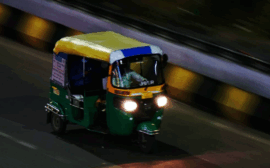
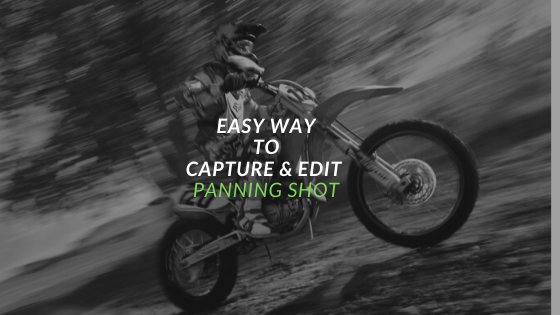

 FREE Guide Revealed!
FREE Guide Revealed! Don't Miss Out The Opportunity To Earn as Photographer in this year :)
Don't Miss Out The Opportunity To Earn as Photographer in this year :)